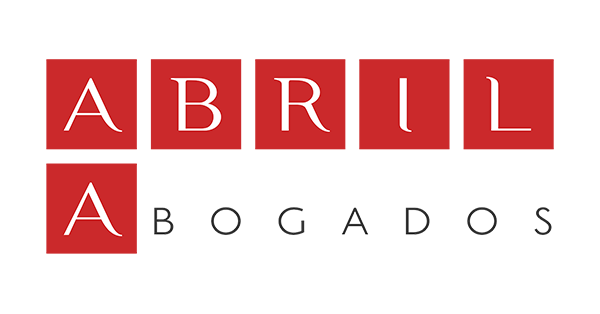Services
Patents Valuation
 Each invention has its own price and value, which depends, in general, on factors such as the following:
Each invention has its own price and value, which depends, in general, on factors such as the following:
Importance of the patent: Patents for cutting-edge inventions, namely inventions that open the way in new areas of technology, or are pioneers in the sense that they respond to long-standing problems, are the most valuable ones. Patents that only provide small improvements to existing products are usually those that are less valuable, although not always so.
The market: The size of the market, the number of articles to be manufactured and the cost of each of them also has a considerable impact on the value of a patent.
Validity of patents: Patents remain in force for a maximum of 20 years, which means a potential monopoly during that time. Patents that have just entered into force and are capable of preserving this virtual monopoly situation are, of course, of greater value.
Prior Art: The number of documents cited or patented products that exist in an area of innovation also affect the value of a patent. Generally, if the invented article is not if not one of many many of the same type, consumers will have a lot to choose from and the value of each patent in that particular domain will be relatively less valuable than a one-of-a-kind patent.
Relevance of the patent: Each patent is itself important in a particular area and will generally be part of an overall Industrial Property (IP) strategy aimed at maximizing the potential benefits of patenting or allowing other patents to maximize their own benefits. Examples of such patents include those used to prevent third parties from entering the market. To these examples are added patents that complement an initial patent and depend on the protection conferred by the latter to be successful.
In the embodiment of valuation, one can follow three different approaches:
The method based on costs: Calculates the value in terms of the costs invested in the “construction” of the patent. It is a “substitution method” i.e., the value of an asset is estimated based on its cost or the cost of constructing an similar asset at current prices. The underlying assumption of this approach is that the cost of acquiring or developing new industrial property is in accordance with the economic value of the service that said industrial property can provide during its useful life.
The market-based method: Bases its analysis on what the consumer would pay for a similar patent with similar attributes in the market.
Under this approach, the value of the property can be determined by taking into account the market prices paid for similar assets in transactions carried out by third parties.
The method estimates the value of an intangible asset based on the market prices of similar intangible assets that have been bought / sold or licensed between independent parties. In other words, it provides indications of value by studying the transactions of assets analogous to those for which valuation is requested.
The income-based method: This approach involves an assessment of the expected economic benefits of the patent for the remainder of its estimated useful life. It is considered the most appropriate method because the value of the patent lies in its ability to generate greater profits in the future. In the income-based method, assets are valued based on what is to be “won” in the future.
Taking into account that each of the methods requires extensive knowledge of many data the selection of the method will depend on the knowledge that we can obtain.
As a general rule, the reliability of the valuation method decreases as the adjustments and assumptions required to complete the method increase. Therefore, the best method is usually the simplest and most straightforward method according to the data available and the circumstances.

